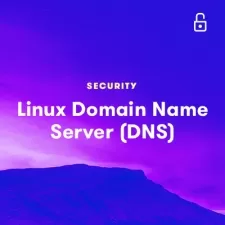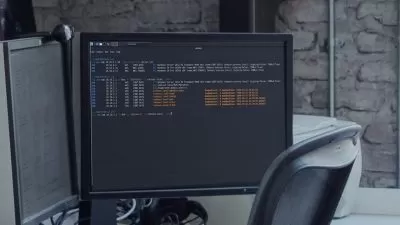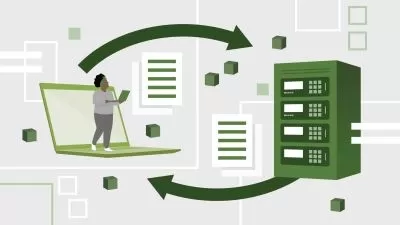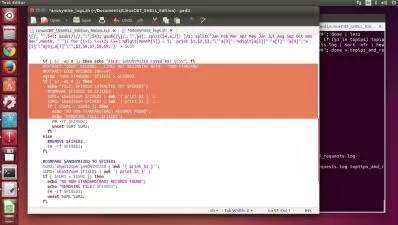Linux Managing DNS Servers (LPIC-2)
Andrew Mallett
4:16:12
Description
Getting you ready for the LPIC-2 202 exam, we concentrate in detail upon Objective 207. Ensuring you know all there is to know about DNS, we configure a BIND Master of Ubuntu and the Slave on CentOS as well as configuring PowerDNS and DNSMasq. Not to leave you short changed, we also look at security and sign zones with DNSSEC.
What You'll Learn?
This course makes up the first in a series looking at the LPI's LPIC-2 202 exam and covers in detail objective 207. This is most certainly a great resource for those preparing for the exam but, additionally, this has been written to be the definitive course on using DNS in Linux. We make sure that the advanced topics for the exam are covered and we see this both on CentOS and Ubuntu systems. We cover BIND 9, DNSMAsq, and PowerDNS. In today's workplace, security has to be taken seriously and, in the module titled "Configuring DNS Security," we cover TSIG keys as well as setting up signed zones with DNSSEC.
More details
User Reviews
Rating
Andrew Mallett
Instructor's Courses
Pluralsight
View courses Pluralsight- language english
- Training sessions 55
- duration 4:16:12
- level average
- Release Date 2023/01/08
















